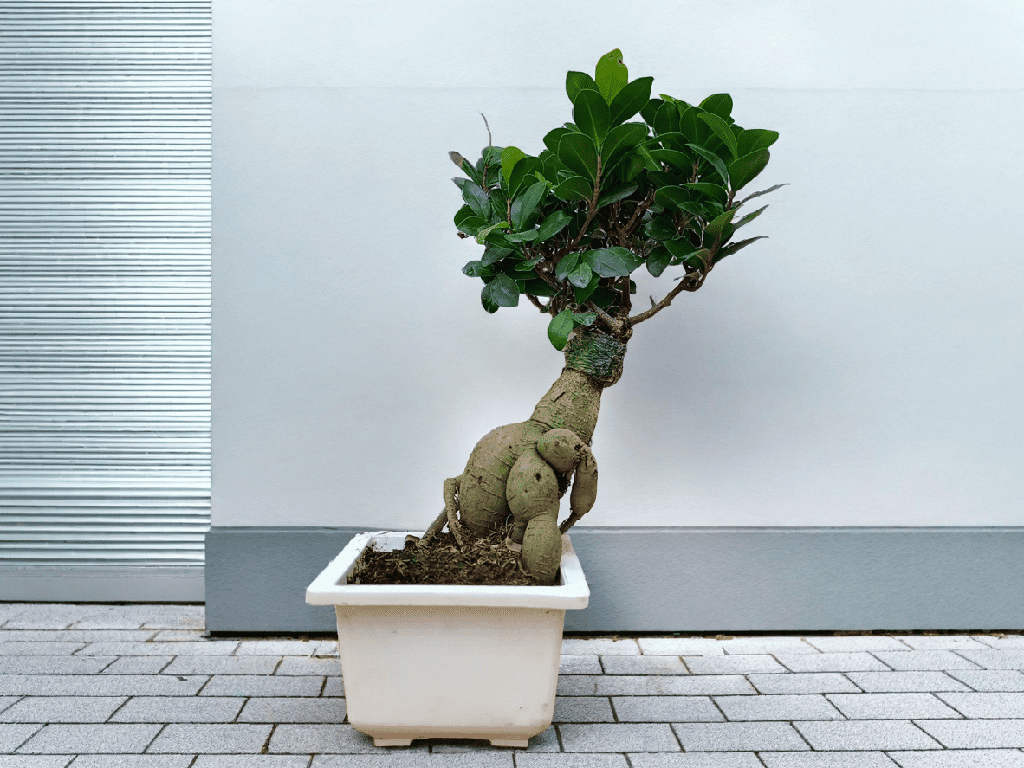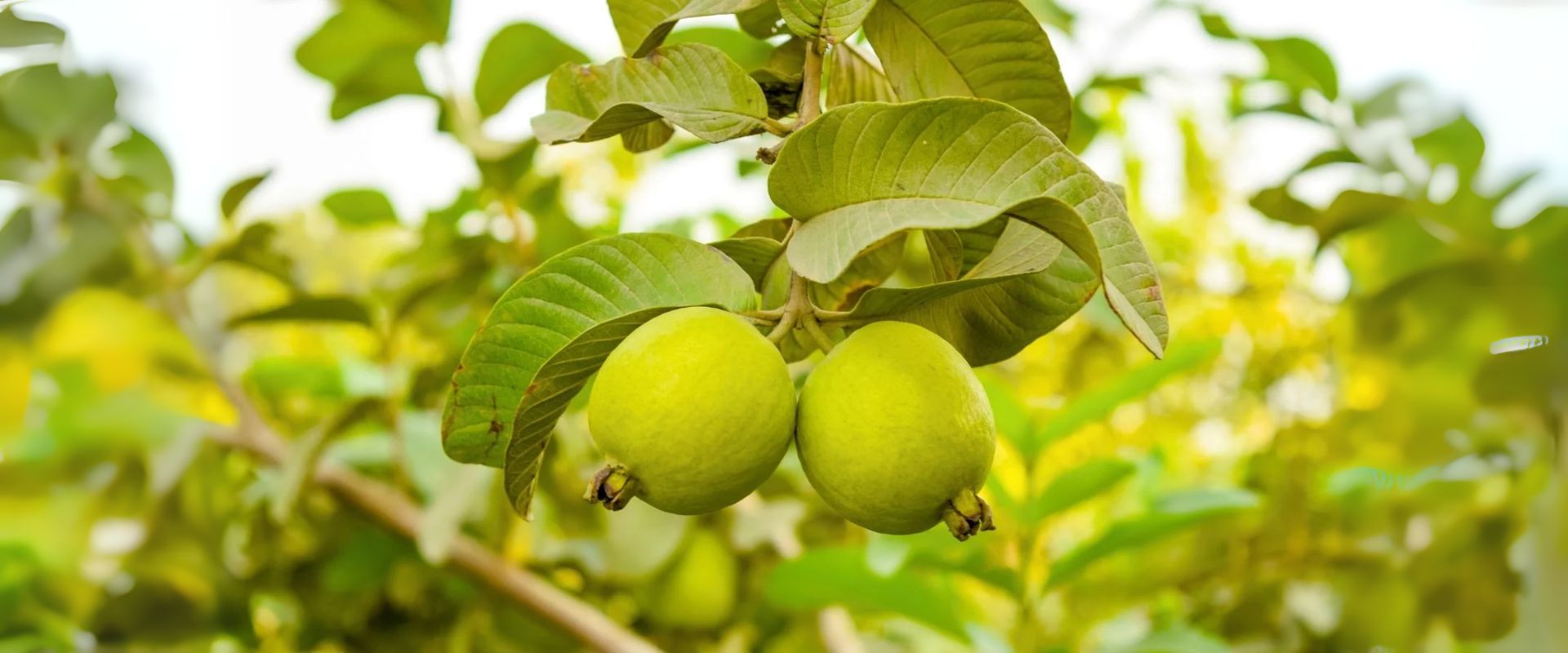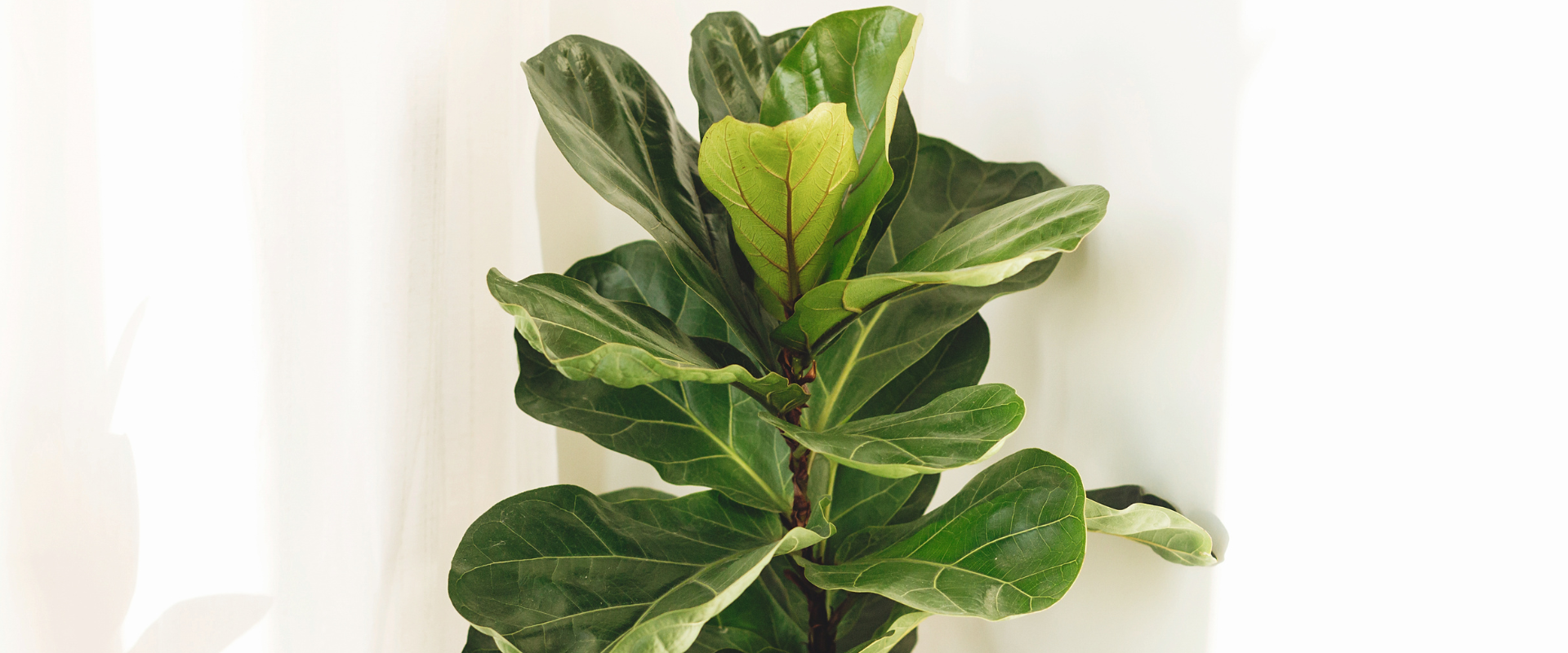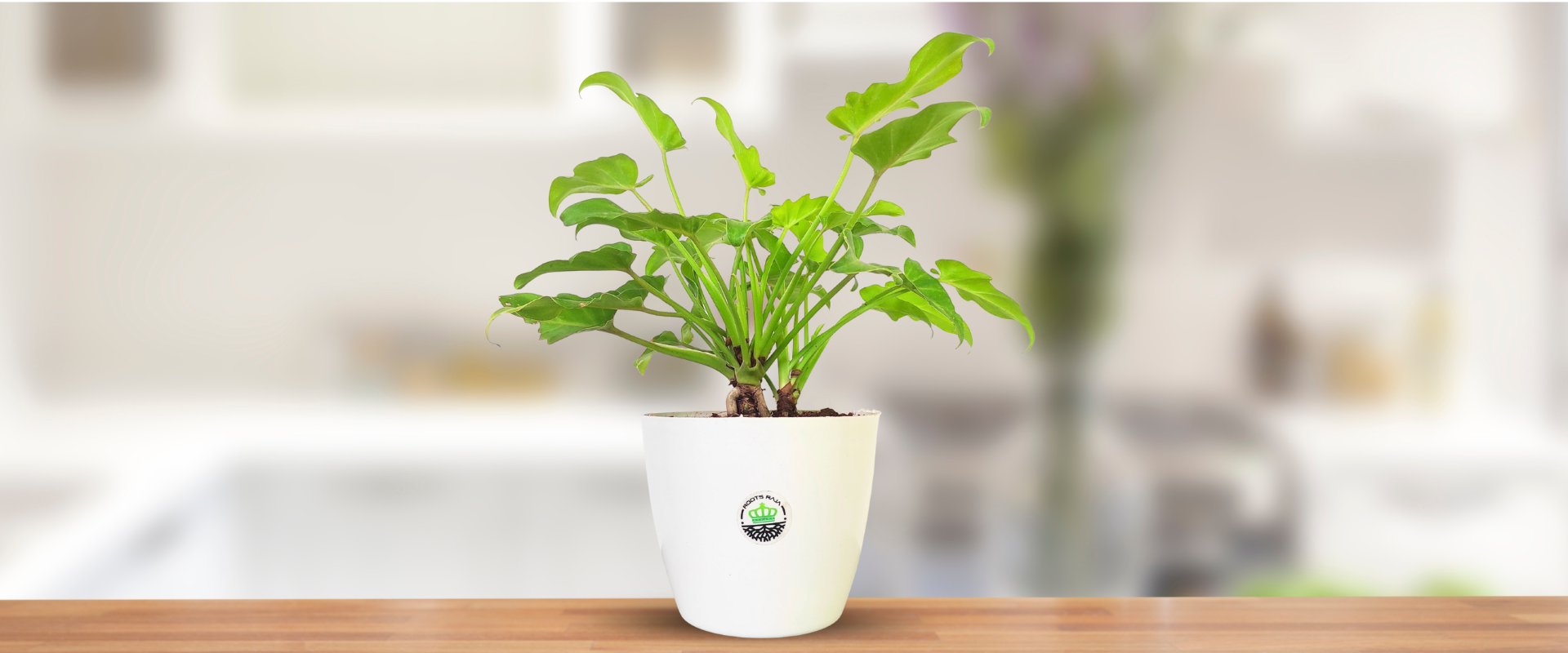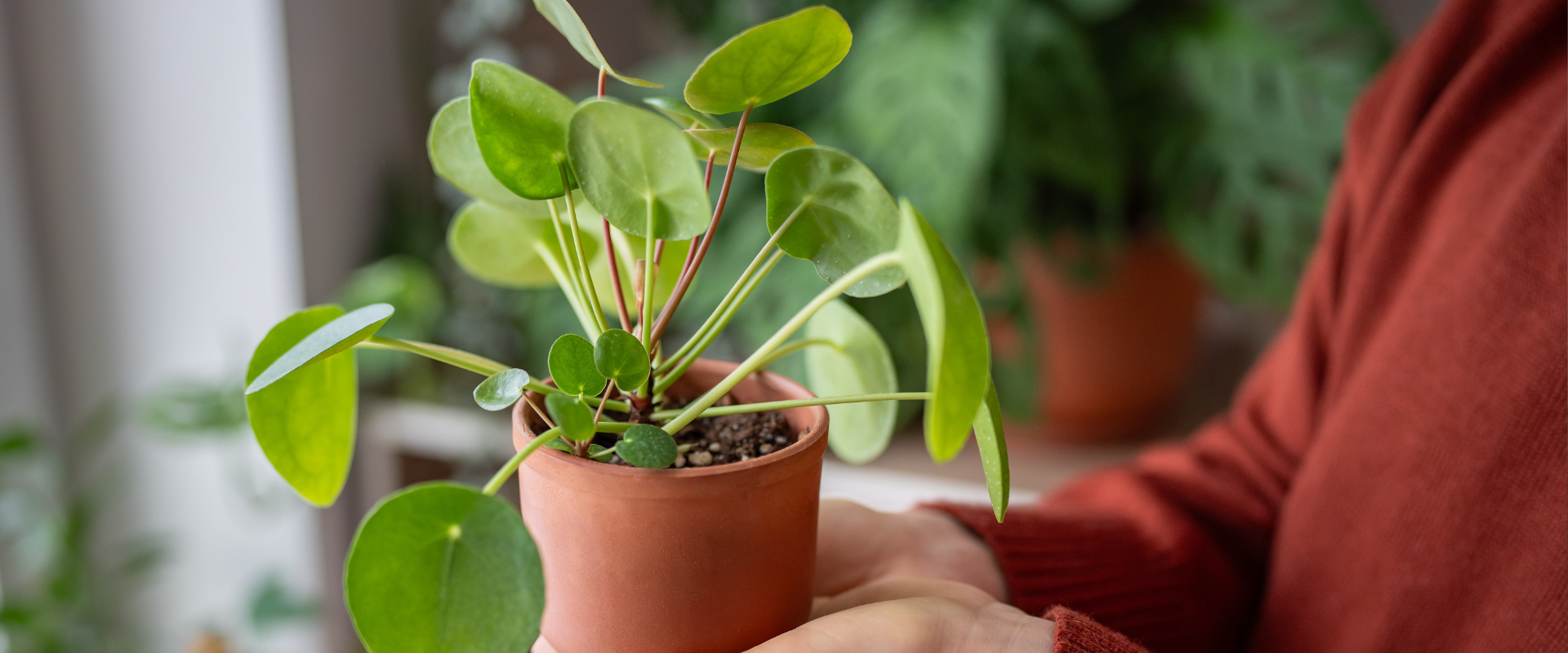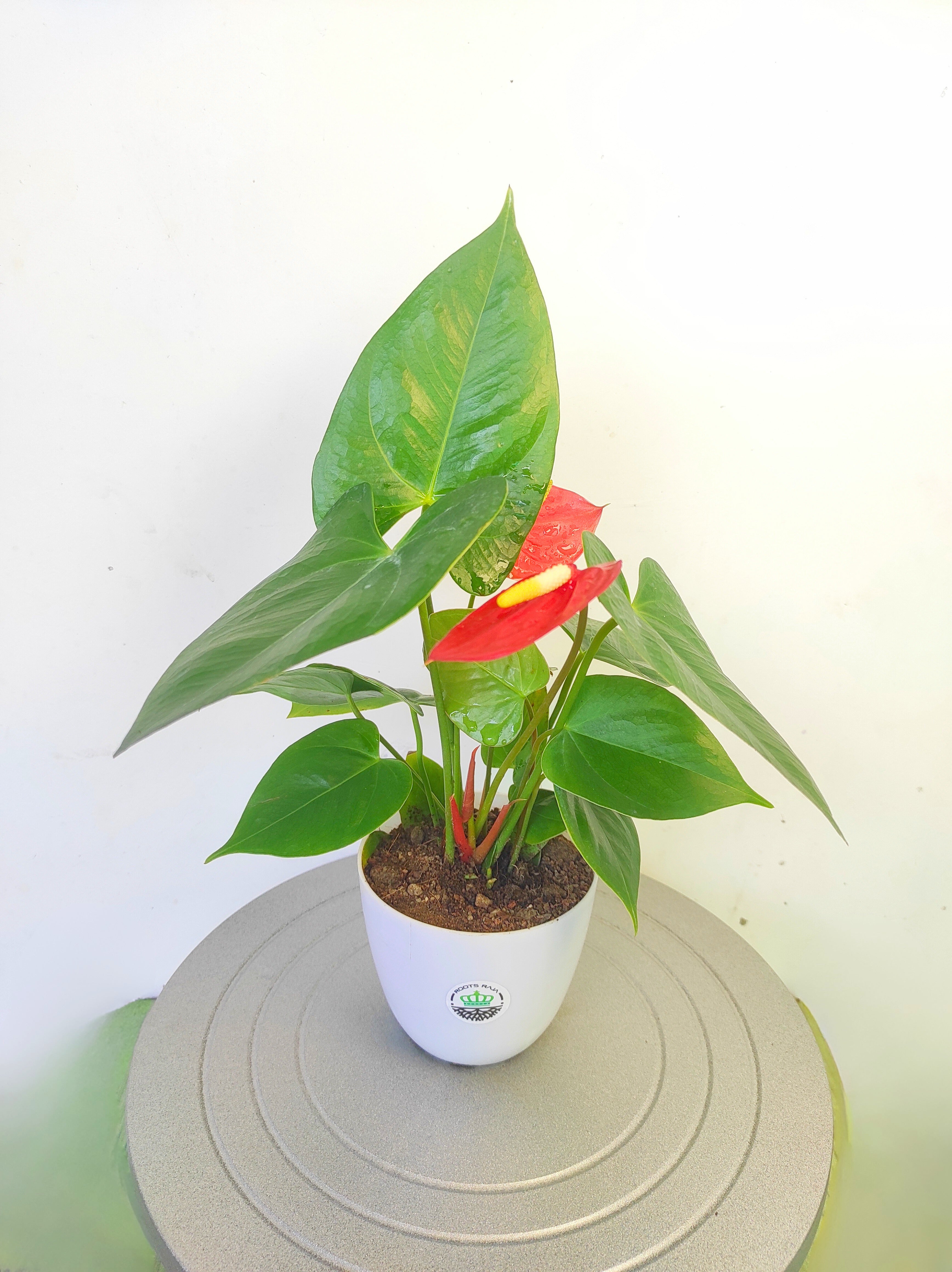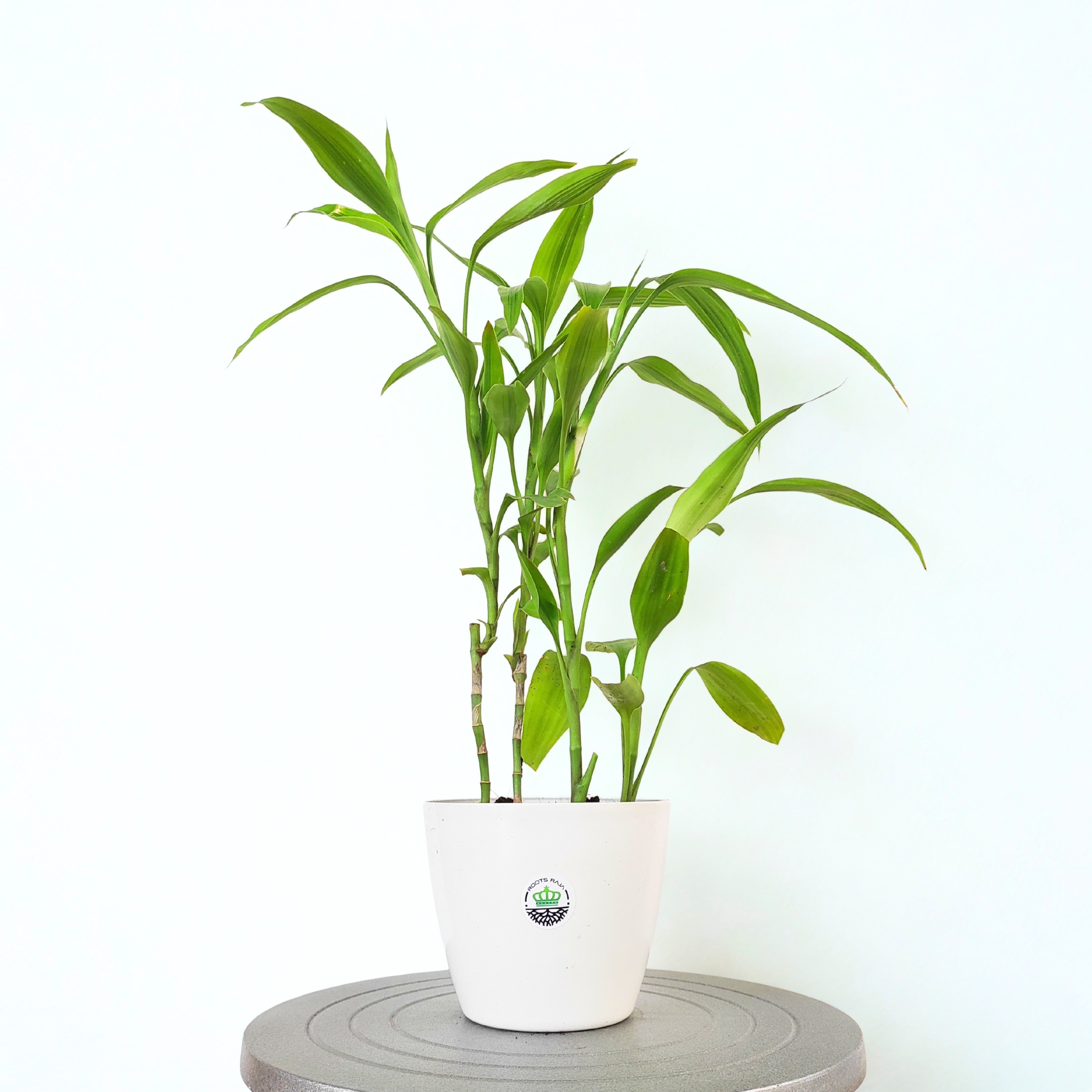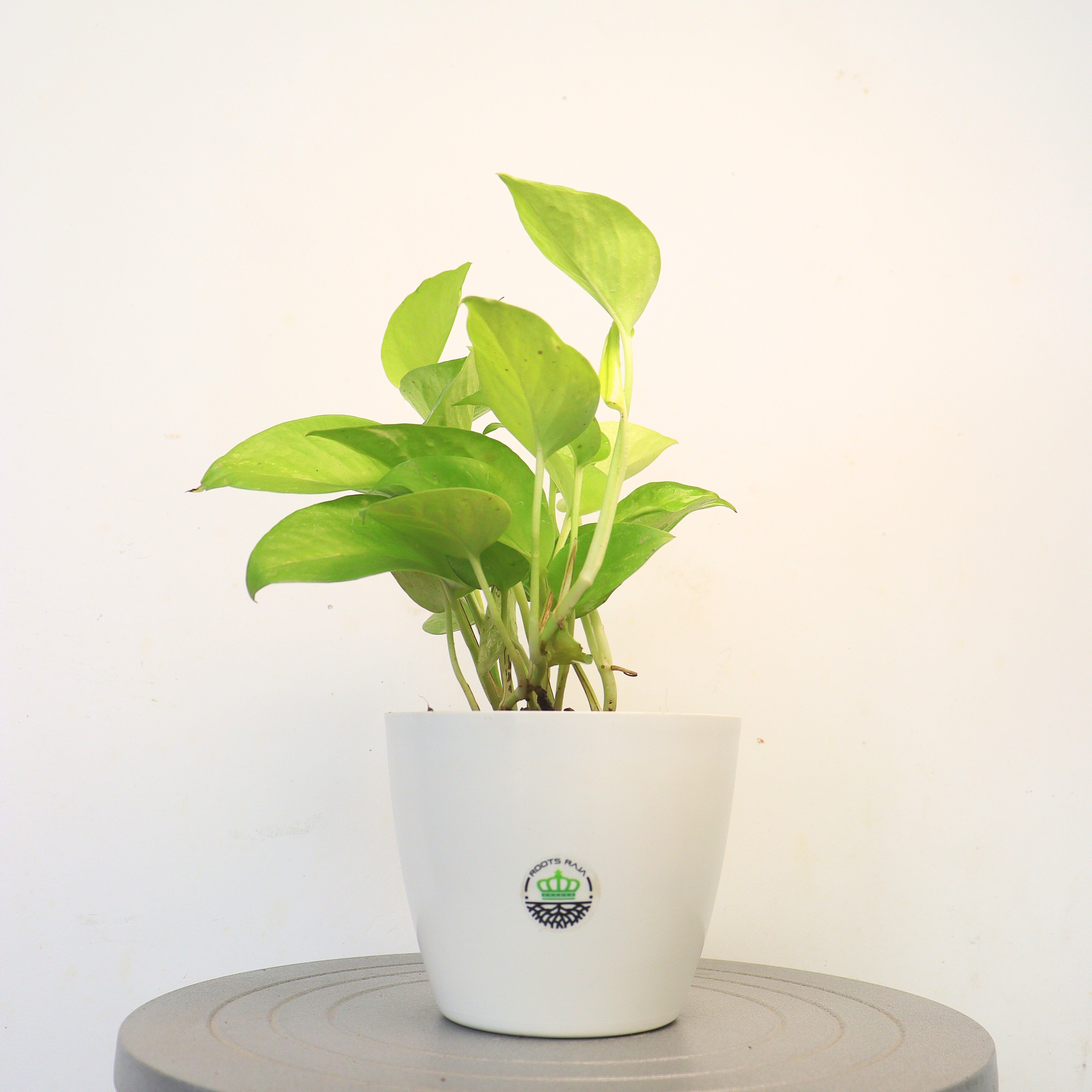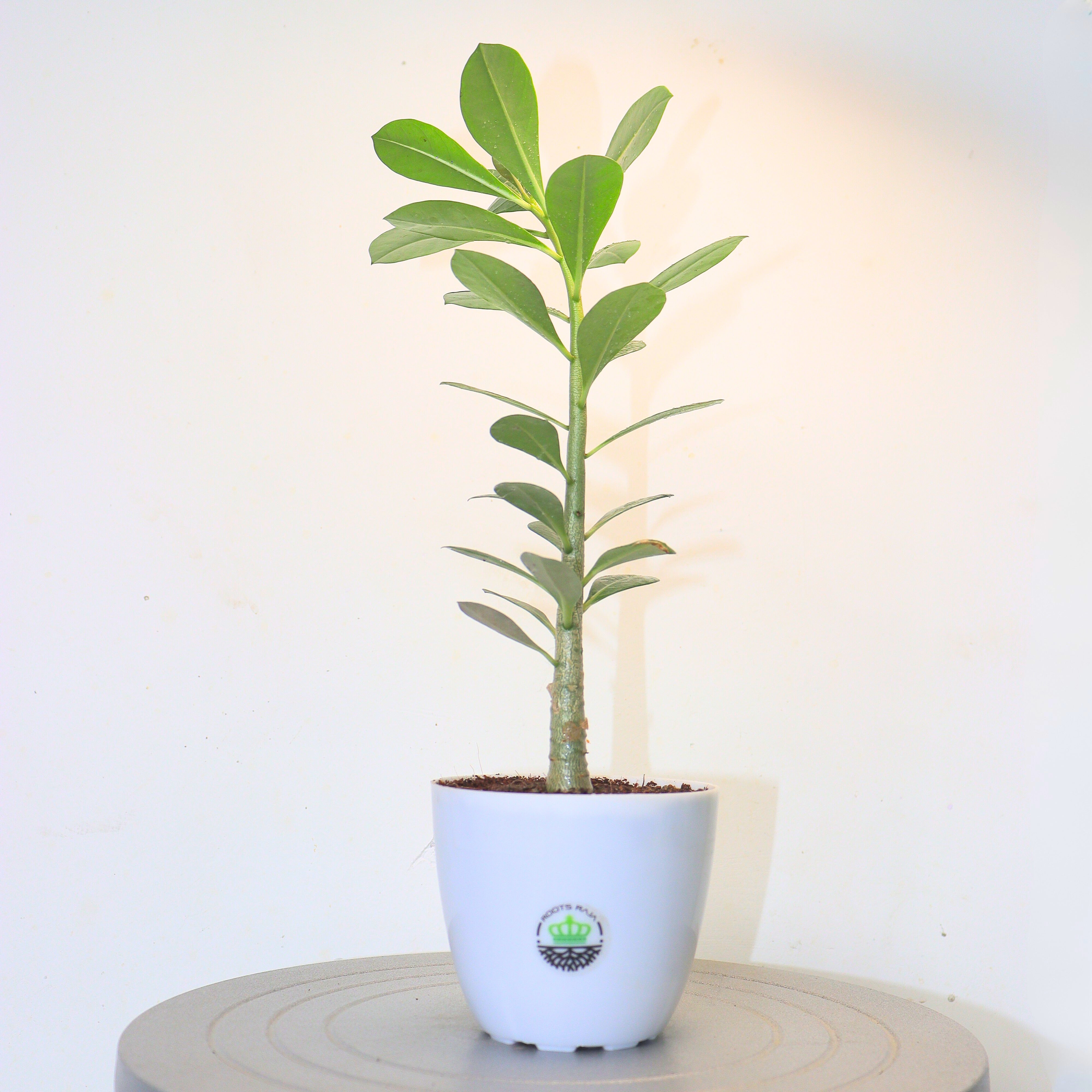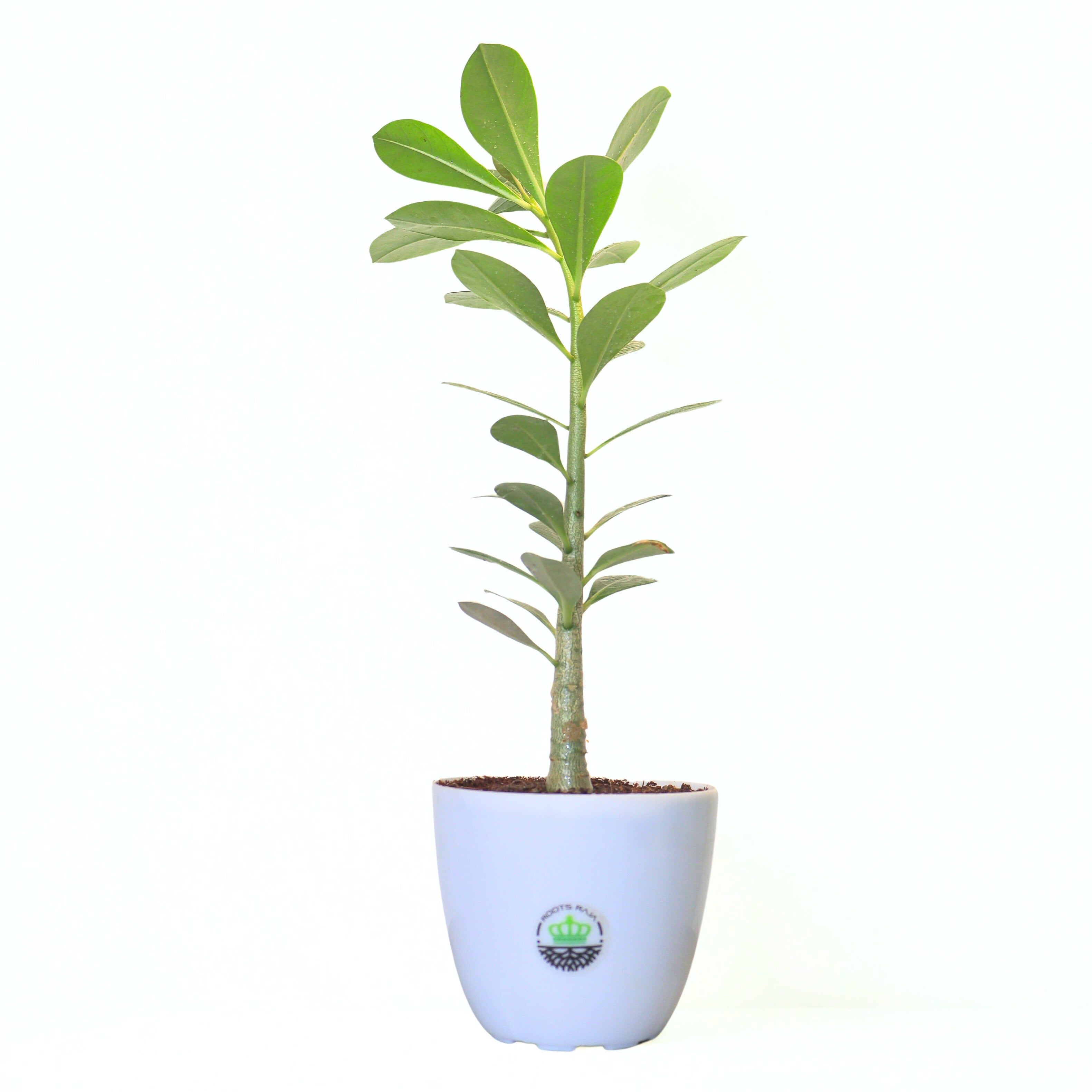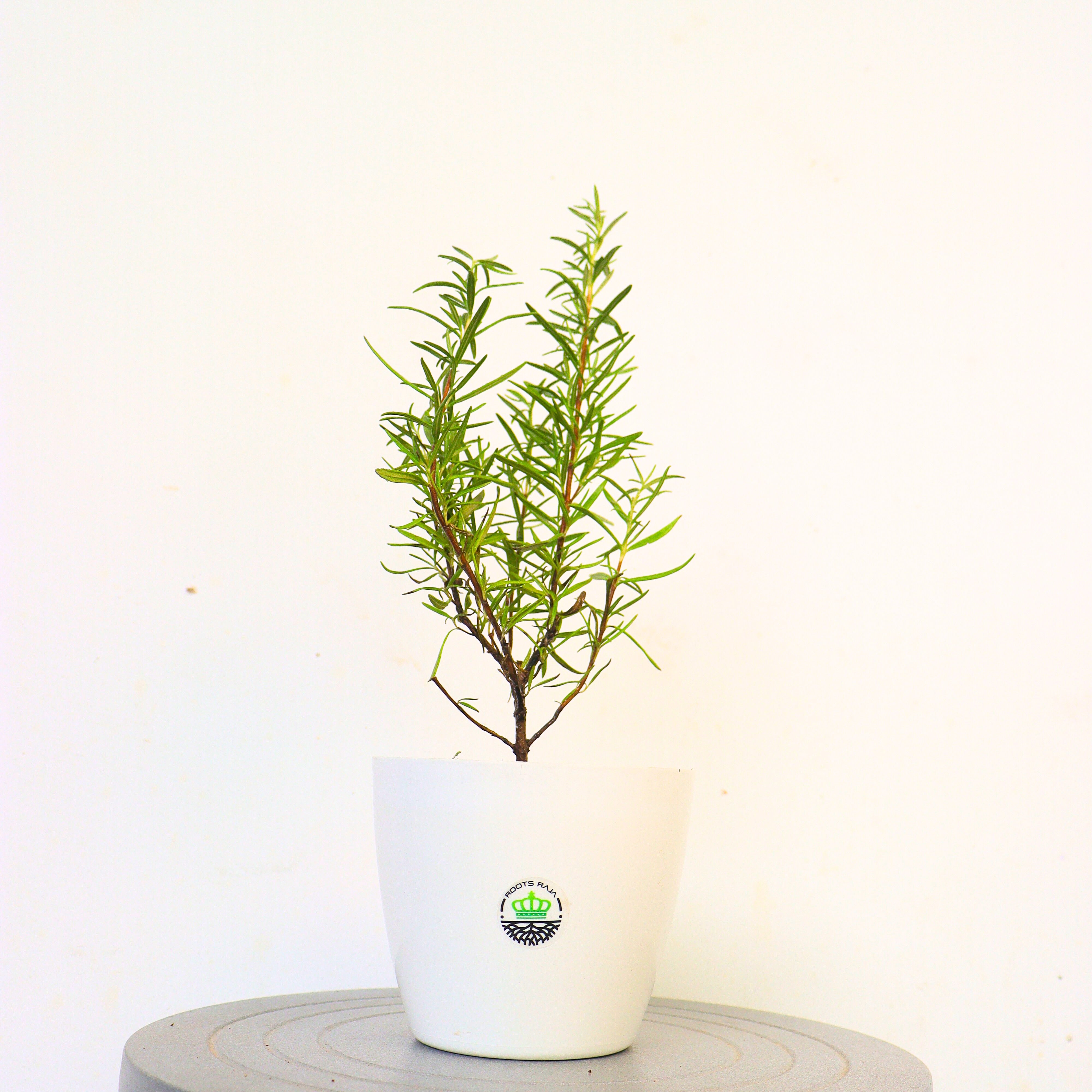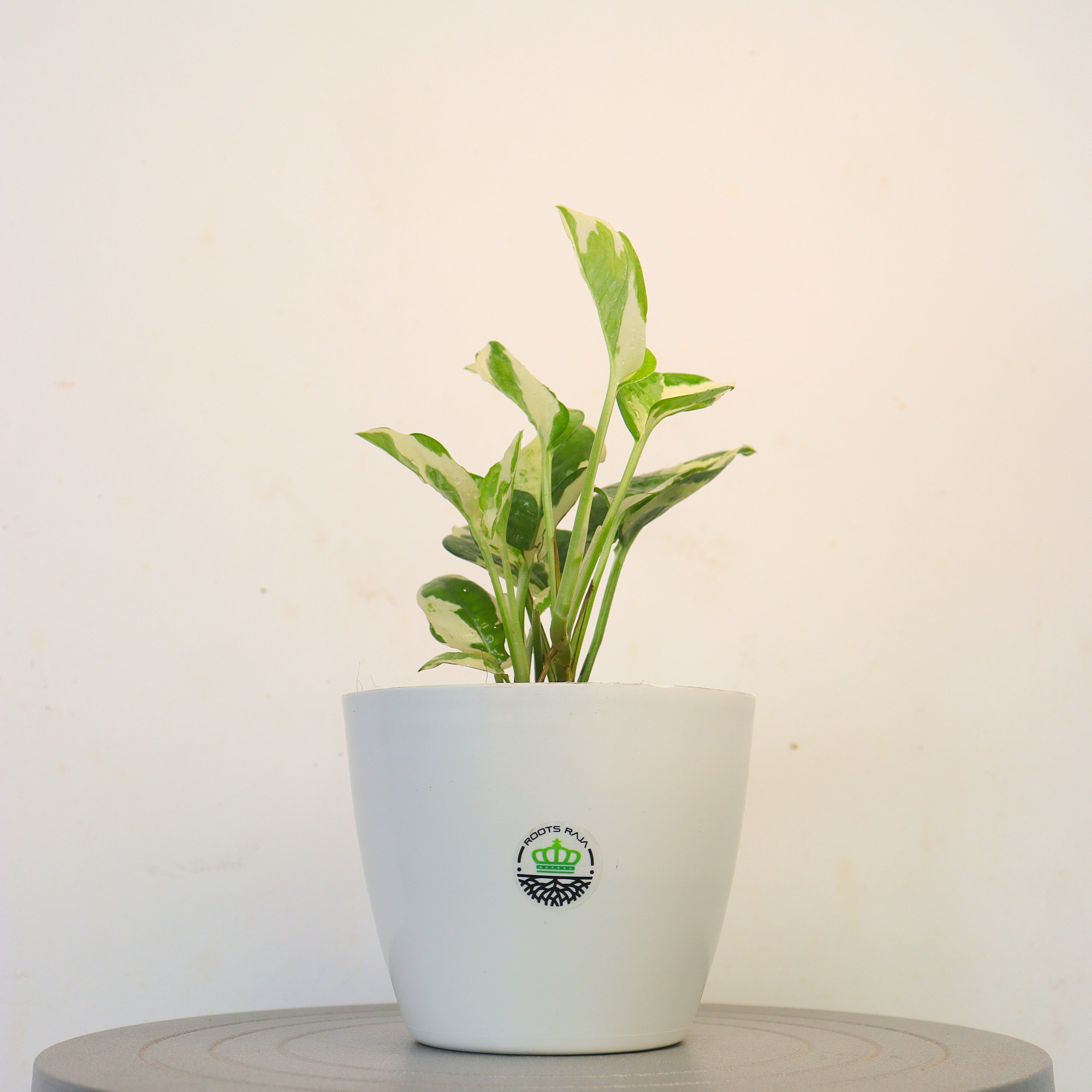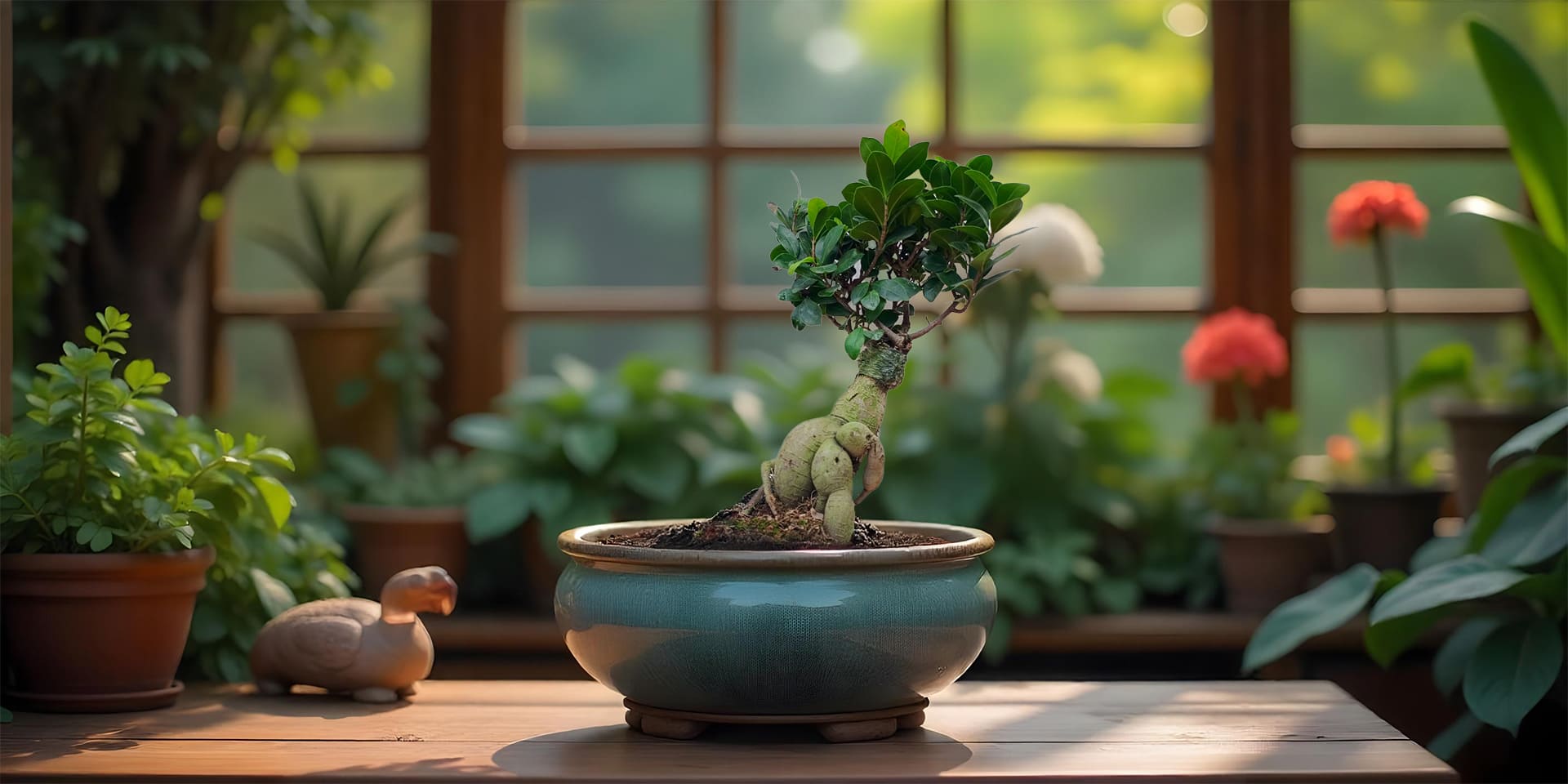
Ficus Bonsai Watering Made Easy - Avoid Common Mistakes
Caring for a Ficus Bonsai plant can be an immensely rewarding experience. These miniature trees, especially popular varieties like Ficus retusa, are admired for their striking aesthetic and air-purifying qualities. However, keeping them healthy requires attention, particularly when it comes to watering. Even seasoned plant parents can find themselves struggling to strike the perfect balance between under-watering and over-watering their beloved Ficus tree plant. This guide delves into common mistakes and practical solutions to ensure your Ficus Bonsai remains in top shape.
1. Understanding Your Ficus Bonsai's Water Needs
The first step in maintaining a healthy Ficus Bonsai is understanding its specific water requirements. Unlike some other ficus plant types, Bonsai trees are grown in small pots with minimal soil, meaning their water retention is limited. The key is consistency—your Bonsai prefers regular watering without being waterlogged.
Common Mistake - Neglecting the Soil's Moisture Levels
One of the biggest pitfalls is watering on a schedule without checking the soil's actual moisture. Over the time, this can lead to root rot or dehydration.
Solution:
- Always check the soil's top inch with your finger before watering.
- If it feels dry, it's time to water; if it's damp, wait another day or two.
2. Over-Watering - A Silent Killer
Over-watering is a frequent cause of trouble for Ficus Bonsai plants. The compact root system is particularly vulnerable to sitting in excess water, leading to root rot and fungal infections.
Common Mistake - Overcompensating with Frequent Watering
New plant owners often overcompensate for fear of underwatering, leading to soggy soil conditions.
Solution:
- Use a well-draining soil mix to prevent water from pooling at the bottom.
- Ensure your pot has drainage holes, & avoid leaving water in the tray beneath.
3. Under-Watering - Drying Out Your Bonsai
While over-watering gets a bad rap, under-watering can be equally damaging. A parched Ficus Bonsai plant may drop leaves and become stunted in growth.
Common Mistake - Forgetting to Adjust Watering Frequency in Summer
During warmer months, water evaporates quickly, and your Ficus tree plant may require more frequent watering.
Solution:
- In summer, water your Bonsai more frequently, but maintain your routine of checking soil moisture first.
- Consider misting the leaves to boost humidity and reduce stress on the plant.
4. Using the Wrong Watering Technique
The way you water your Bonsai matters just as much as how often. Dumping water all at once or using the water at the wrong temperature can stress the plant.
Common Mistake - Using Cold Water or Splashing the Leaves
Cold water can shock the roots, while splashing the leaves too often may encourage fungal growth.
Solution:
- Use room-temperature water and pour it slowly onto the soil, ensuring the roots absorb it evenly.
- Water until you see a small amount draining from the bottom of the pot, which ensures all roots are hydrated.
5. Ignoring Seasonal Variations
Your Ficus Bonsai has varying needs throughout the year. Ignoring these shifts can disrupt its growth and health.
Common Mistake - Maintaining the Same Routine Year-Round
Many plant owners forget that their Ficus retusa or Chinese Banyan Plant needs less water during winter when growth slows down.
Solution:
- Adjust your plant's watering schedule based on the seasons.
- Keep your Bonsai in a well-lit spot during colder months to support its reduced metabolic activity.
6. Humidity and Its Role in Watering
Humidity plays a vital role in how much water your Bonsai needs. In drier environments, the plant loses more moisture through evaporation and transpiration.
Common Mistake - Neglecting Humidity Levels Indoors
Indoor settings often lack sufficient humidity for Ficus Bonsai plants to thrive.
Solution:
- Use a humidity tray beneath your Bonsai. Add pebbles and water to the tray, ensuring the pot itself doesn't sit in water.
- Alternatively, group your Bonsai with other plants to create a humid microenvironment.
7. Finding the Right Balance
Every Bonsai is unique, even within the same ficus plant types, which means you'll need to observe and adjust your care routine over time. Regular pruning and repotting also influence water needs, as fresh soil holds moisture differently than aged soil.
A Little Fun Fact for Bonsai Enthusiasts
Did you know the Ficus retusa, with its striking aerial roots, is a favorite among Bonsai artists for its resilience and adaptability? Maintaining one at home is like having a mini forest that brings zen vibes to your space. A colleague once shared how their Chinese Banyan Plant became a family favorite—not because of its beauty, but because its aerial roots made it the "climbing toy" for their pet cat!
For more tips on Bonsai care or to bring home your very own Ficus Bonsai plant, explore the curated collection at RootsRaja. With expert-selected plants and guidance, it's your one-stop shop for nurturing green life in your home.
Watering a Bonsai is part science, part art, and with the right care, your Ficus tree can become a thriving symbol of tranquility and patience. Happy Bonsai gardening!

